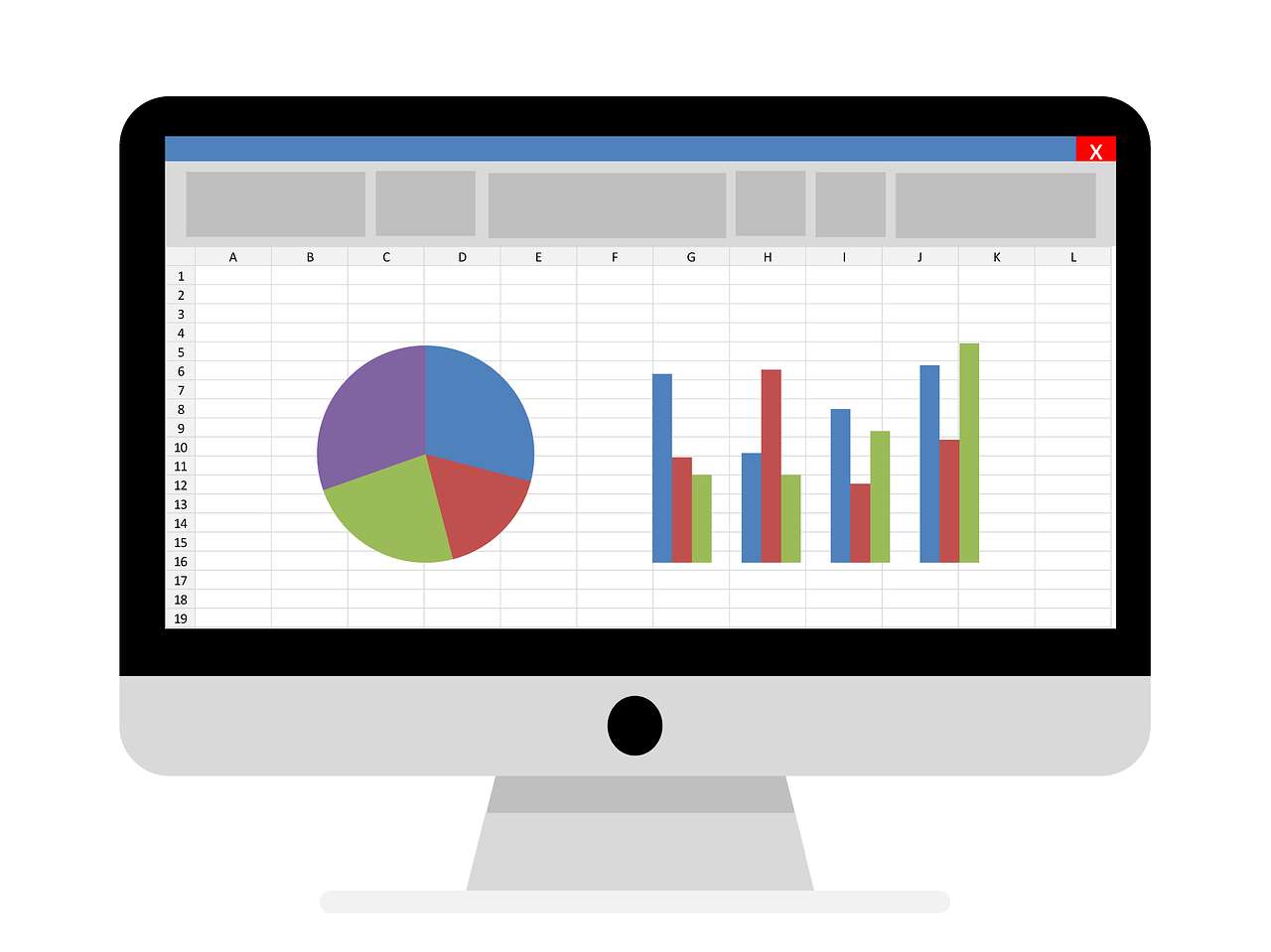Apache Spark Tutorial - Learn Spark Programming for Big Data Analytics

Overview
Learn Apache Spark programming for big data analytics with this comprehensive tutorial. From the basics of distributed computing to advanced topics like machine learning and streaming, this tutorial covers everything you need to know to become proficient in Spark. You'll learn how to use Spark's core APIs, build Spark applications, and optimize Spark performance for large-scale data processing. Frequently Asked Questions About Apache Spark What is Apache Spark? Apache Spark is an open-source distributed computing system used for big data processing and analytics. It provides an interface for programming entire clusters with implicit data parallelism and fault tolerance. What are the key features of Apache Spark? Apache Spark provides many features such as: Speed: Spark provides fast data processing capabilities due to its in-memory processing model Scalability: Spark can scale from a single machine to thousands of nodes Fault Tolerance: Spark provides fault tolerance through RDDs (Resilient Distributed Datasets) APIs: Spark provides APIs for programming in Java, Scala, Python, and R Machine Learning: Spark provides a library for machine learning algorithms What is the difference between Apache Spark and Hadoop? Apache Spark and Hadoop are both big data processing technologies, but they have some key differences. Spark is designed for in-memory processing, while Hadoop is based on disk-based processing. Spark can be up to 100 times faster than Hadoop for some workloads. Spark also provides more flexibility in terms of programming languages and can be used with Java, Scala, Python, and R.
Tutorials are for educational purposes only, with no guarantees of comprehensiveness or error-free content; TuteeHUB disclaims liability for outcomes from reliance on the materials, recommending verification with official sources for critical applications.
Similar Tutorials

Advanced Excel Charts Tutorial: How to Create Prof...
Learn how to create professional charts in Excel with our advanced Excel charts tutorial. We'll show...

Advanced Excel Functions: Tips and Tricks for Boos...
Are you tired of spending hours working on Excel spreadsheets, only to find yourself stuck on a prob...

Apache Flume Tutorial: An Introduction to Log Coll...
Apache Flume is a powerful tool for collecting, aggregating, and moving large amounts of log data fr...
Explore Other Libraries
Related Searches
Please allow ads on our site
Kindly log in to use this feature. We’ll take you to the login page automatically.
Login
Join Our Community Today
Ready to take your education and career to the next level? Register today and join our growing community of learners and professionals.

Your experience on this site will be improved by allowing cookies. Read Cookie Policy
Your experience on this site will be improved by allowing cookies. Read Cookie Policy


Comments(0)